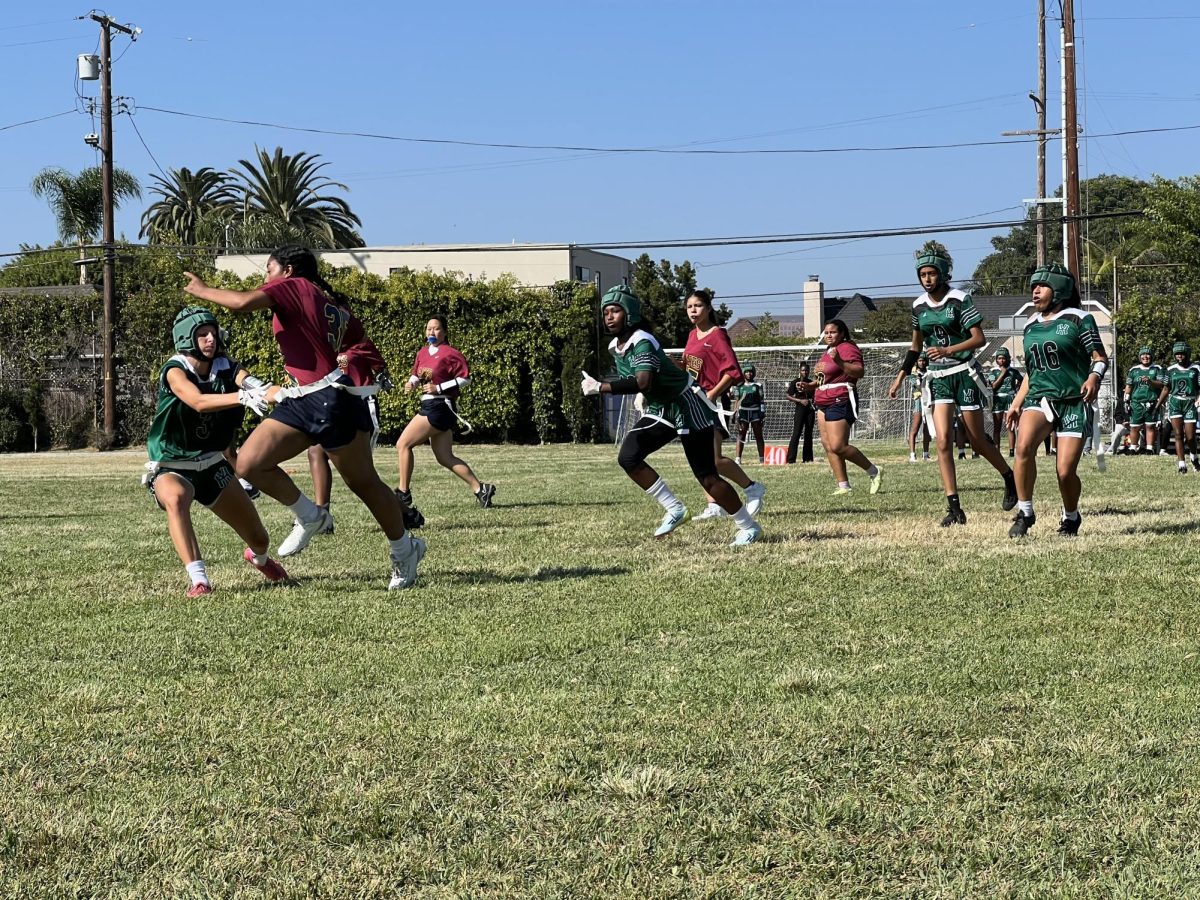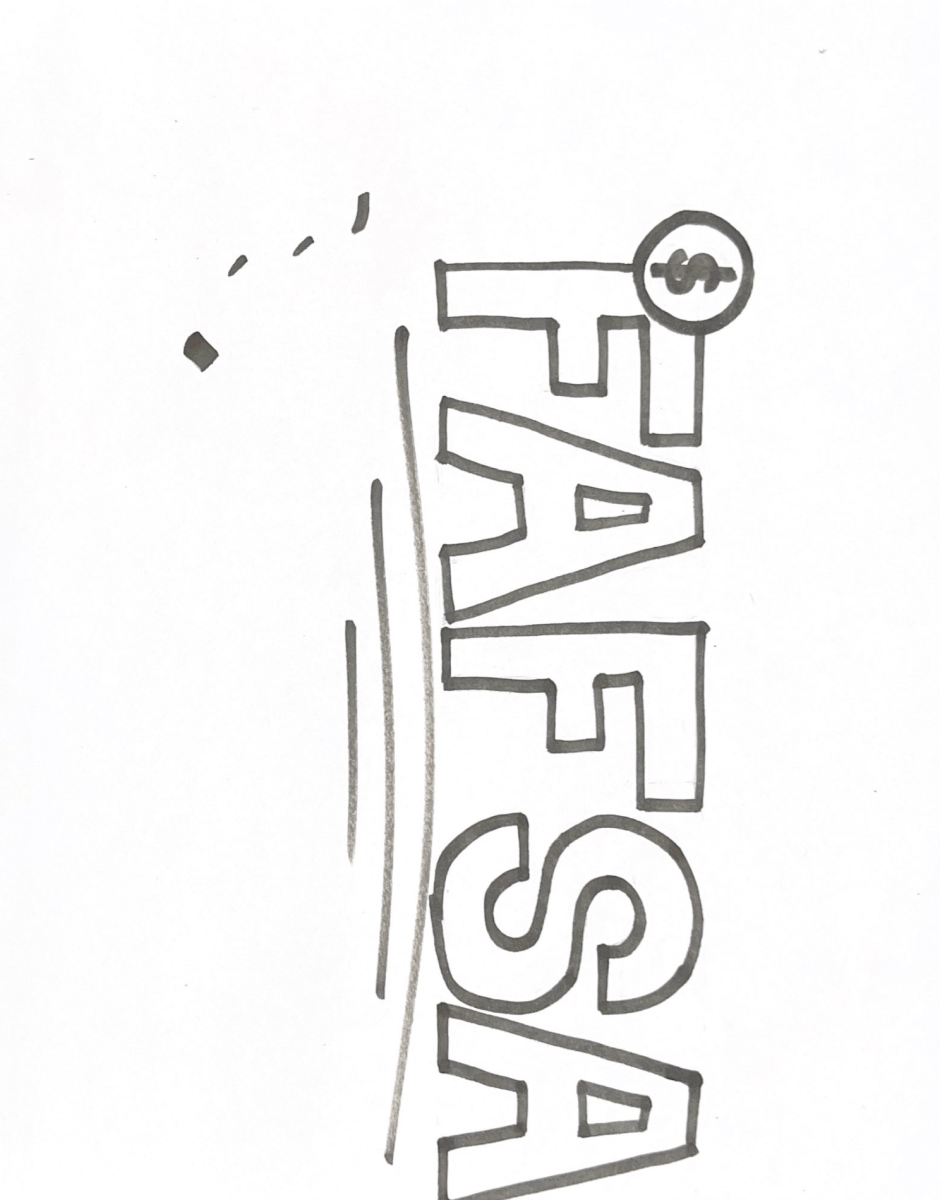This year, new changes to the Free Application for Federal Student Aid (FAFSA) shorten the application and change previous methods used to determine need-based financial aid. This year, about 200 LACES seniors applying to college will be affected by these changes as they apply for financial aid.
“FAFSA is a daunting task,” said senior and college peer counselor (CPC) Minnie Vignone. “We’re just glad to have Ms. Mackey and Ms. Maggie to help us.”
CPCs like Vignone work in the College Center and help out seniors and juniors with their college application process.
In the 2023-24 application season, FAFSA was supposed to open to the public on October 1st, 2023. It opened three months late, on December 30th, 2023.
Congress mandated that changes be made to the application three years ago, aiming to make the application form shorter and easier to fill out. The form’s 103 questions have been shortened to around 30. This is due to the new process of determining aid in which tax information is sent to FAFSA directly from the IRS.
“I do like the fact that it’s a shorter application to complete,” said LACES college counselor Ms. Candice Mackey. “It’s easier for students and families.”
Some applicants have struggled with the application as it has had one considerable mistake: FAFSA did not adjust for economic inflation. This means that as parents’ incomes are reported, it seems as if they have much more disposable income (income available to be spent or saved), a falsehood due to the increasing cost of living and inflation.
In addition, FAFSA’s new method for calculating student aid has made it less accessible. Previously, Expected Family Contribution (EFC) was FAFSA’s method of determining aid, and it considered a family’s income, investments and other assets, as well as the number of people in the family. EFC has since been replaced with the Student Aid Index (SAI). The SAI calculates aid with the formula of the sum of your parents’ available income, your income and assets, subtracted from a school’s cost of attendance. The largest difference between the two is that the SAI does not offer a sibling discount. Previously, the expected family contribution would be divided by the amount of children in the family who plan to attend college. For example, a family with three children expected to contribute $30,000, would only be expected to contribute $10,000 to one student’s college.
“Having another child that is in college or more children who are in college at the same time, that’s oftentimes debt for a family,” said Mackey. “I think it’s very disappointing.”
While FAFSA has encountered some major setbacks this season, their attempt at making the application easier and more accessible has had some success. The application expanded the amount of students eligible for the federal Pell Grant, a need-based grant that doesn’t need to be repaid. Over 600,000 additional low-income students will now be eligible for the grant, according to the Department of Education. Another 1.5 million students will now be able to receive the Pell award of $7,395 per year.
FAFSA also now allows up to 20 schools on the application, compared to 10 schools in previous years. The application is available in nine new languages, making it more accessible than previous applications limited to English and Spanish.
“I believe everyone should have the application completed,” said Mackey. “I think there’s more harm when you don’t complete it. There’s opportunities that you could miss, such as a scholarship, or if you’re going to a two-year college or a four-year and you find yourself in a position where you could really use a little bit more assistance financially.”
For seniors and juniors alike, FAFSA is an important part of the college application process, and while it may seem intimidating, LACES offers plenty of help and resources for those applying to college.













